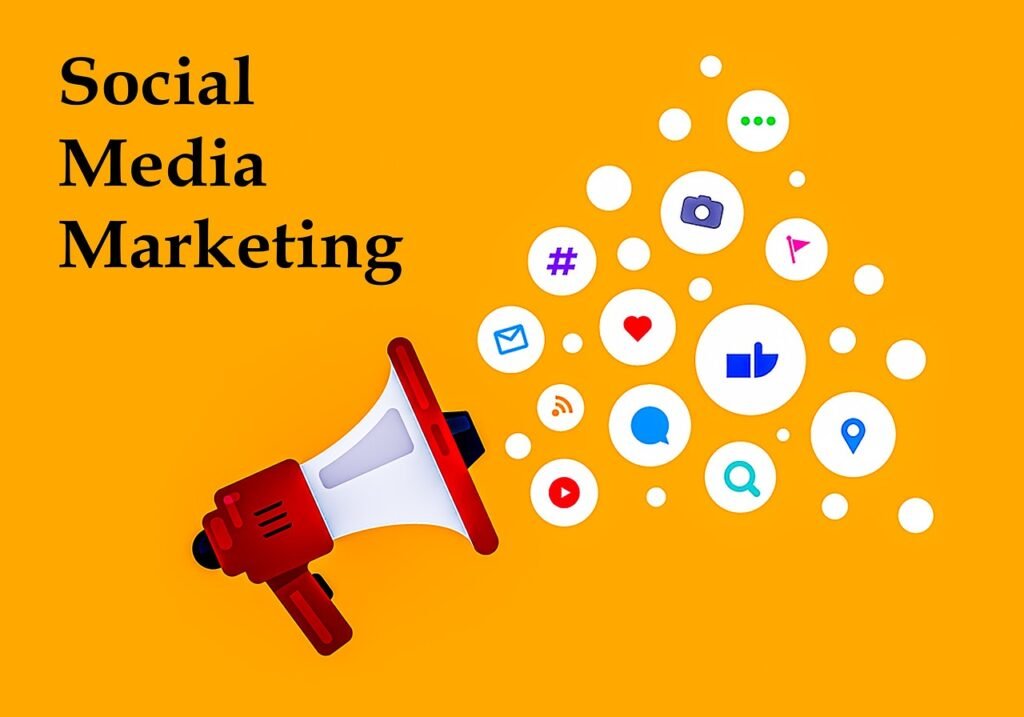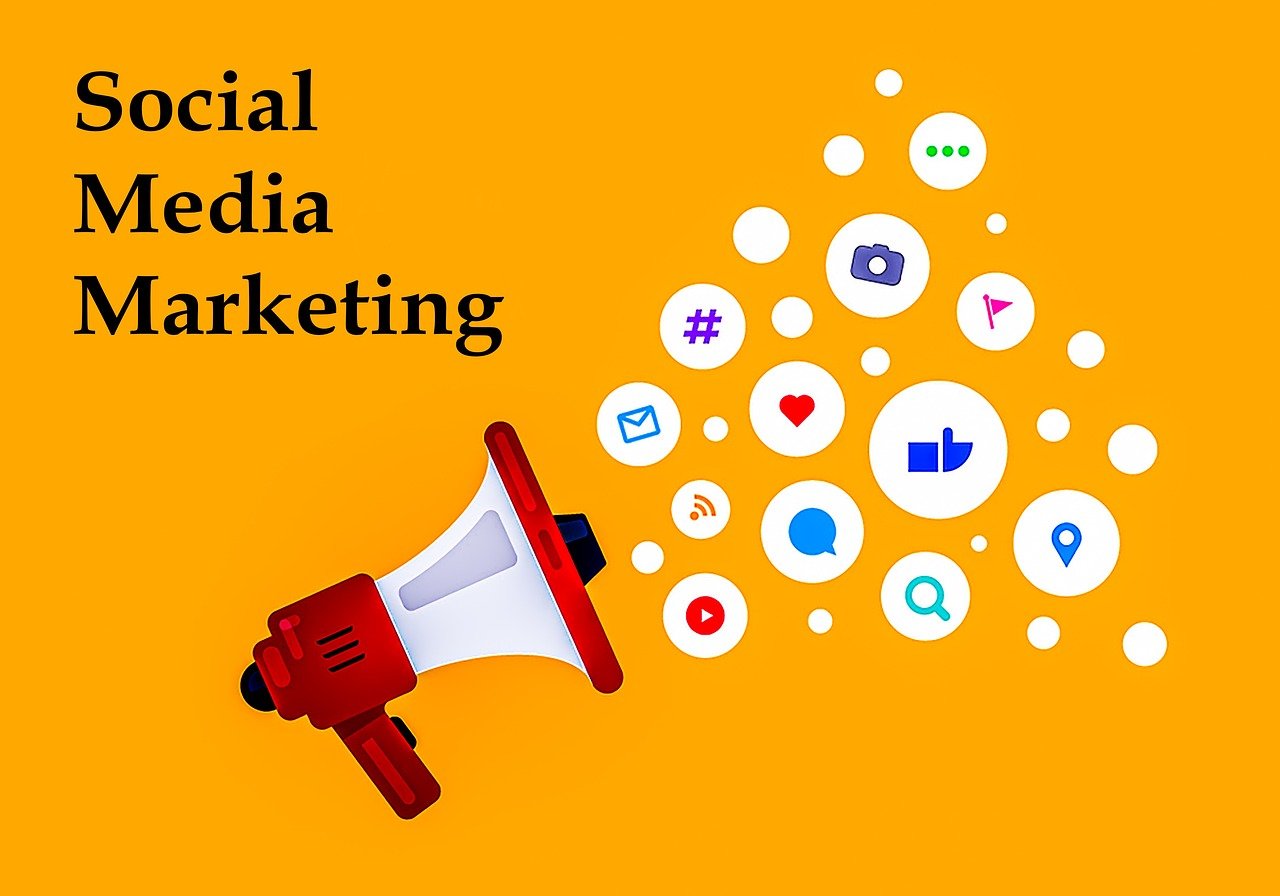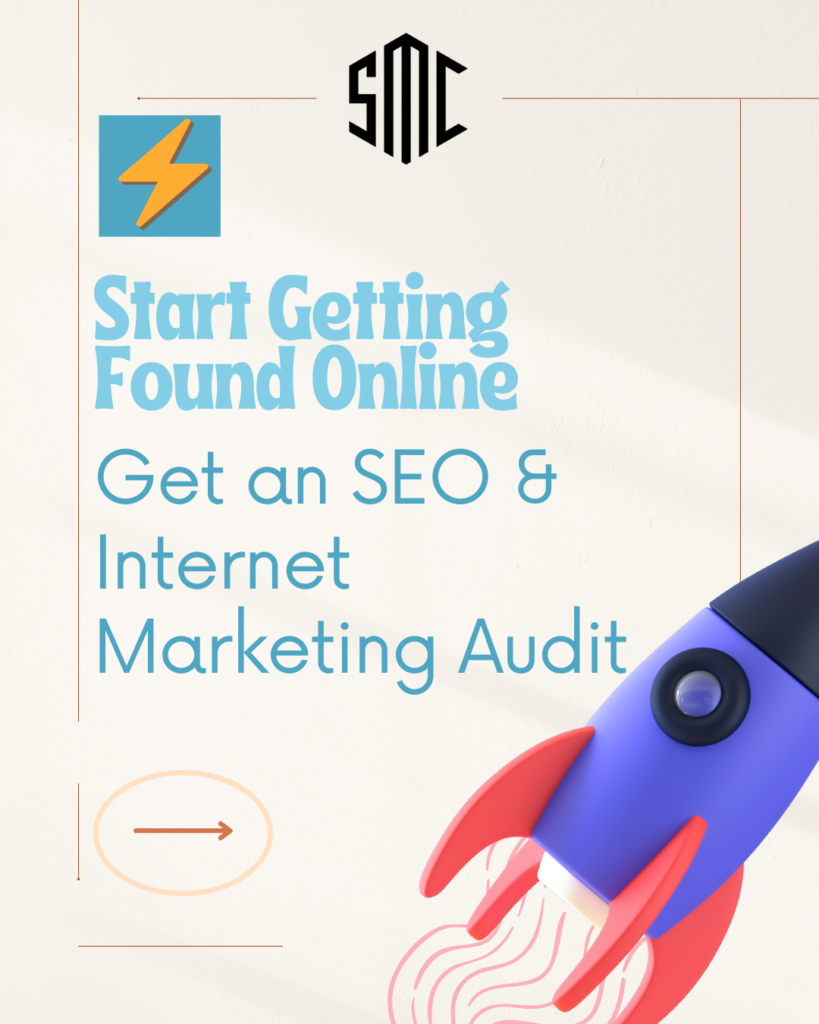Marketing your brand on social media involves many ways. You can make content, plan when to post, and run cool campaigns. These things help keep people interested. But, it’s hard to take someone from just knowing your brand to loving it and buying often. In this article, we’ll look at the five steps in the marketing funnel. You’ll learn how each part lets social media help your brand grow.
- Key Takeaways
- What is a Social Media Marketing Funnel?
- The Five Phases of the Funnel
- Top Tips for Generating Brand Awareness
- Best Social Media Post Types for Brand Awareness
- Best Social Media Post Types for the Action Stage
- Strategies for Continued Engagement
- Top Tips for Sparking Interest
- Best Post Types for Sparking Interest
- Pushing Consideration to Purchase
Key Takeaways
- The social media marketing funnel consists of five key stages: Awareness, Consideration, Action, Engagement, and Advocacy.
- Leveraging social media effectively requires understanding how to strategically target and engage with your audience at each stage of the funnel.
- Consistent posting, use of video content, and engagement with other accounts can increase brand visibility and awareness1.
- Offering solutions to customer problems, using relatable content, and tapping into user-generated content can spark interest and desire1.
- Highlighting product features, unique selling points, and value proposition can push customers towards purchase consideration1.
Understanding the Social Media Marketing Funnel
A social media marketing funnel is like a roadmap for businesses. It guides potential customers from knowing about the brand to loving it. This method helps companies use social media well and increase sales2.
What is a Social Media Marketing Funnel?
Think of the social media marketing funnel as a journey visualization. It starts when people hear about your brand and goes all the way to them loving it. It helps you see how users engage with your brand online. With this insight, you can adjust your social media approach to draw them in more2. One of the key strategies in social media marketing is using a social media conversion funnel. But what exactly is a social media conversion funnel? Think of it as a system that takes your potential customers on a journey, starting from their first interaction with your brand on social media all the way to them becoming loyal customers.
The Five Phases of the Funnel
There are five key stages in the social media sales funnel:3
- Awareness: People start to notice your brand through different social media channels and content.
- Consideration: They think about using your products or services and perhaps buying them.
- Action: They then do something, like buying something, joining your newsletter, or getting a freebie.
- Engagement: People keep involving with your brand, sharing insights and feedback.
- Advocacy: They start to actively tell others about your product or service.
Knowing and using these stages well is key to making a great social media funnel. A good strategy here can boost sales and bond with customers for the long haul3.
Awareness Stage
The awareness stage kicks off the social media marketing journey. It’s when people first spot your brand. This step is key – you get to grab their notice and spark their curiosity4.
Top Tips for Generating Brand Awareness
Boosting your brand’s presence on social media is vital. First, make sure your profiles look great5. Your brand’s message, its look, and its vibe must be clear and appealing everywhere. Next, post regularly to stay in your audience’s minds5.
Adding a personal touch to your posts is smart. It makes your brand feel more real. Also, remember to use good social media manners. Talking with your fans and using the right hashtags can make a big difference5.When it comes to generating brand awareness, social media is an invaluable tool. With the right social media lead generation strategies, you can effectively reach a wider audience and build a strong online presence. One key tip is to focus on social media engagement funnel. By creating a funnel that moves users from awareness to consideration to conversion, you can drive more meaningful interactions with your target audience. This can be achieved through various strategies such as interactive content, contests, and engaging with your followers through comments and direct messages.
Best Social Media Post Types for Brand Awareness
Want to get your brand noticed? Try using video content. It’s a fun way to show off what makes your brand special. Professional yet eye-grabbing images and graphics are also super helpful5. And, using ads to promote your content is a game-changer. It helps your brand reach more people5.

Stick to these tips and choose the right content. Soon, your brand will be well-known on social media. This sets the stage for a strong social media marketing plan456.
Consideration Stage
At the social media marketing funnel, potential customers start looking for specific details. They want to know if your product or service is right for them7. How long they stay in each stage can vary. This depends on the type of business and its audience. B2C and B2B customers also differ in their decision-making speed.
In the consideration phase, giving the right info is key to moving customers to action. This can involve sharing case studies, doing webinars, and showing customer testimonials on social media8. Facebook is a good place for buyer reviews8. Asana uses customer testimonials in a special quote card format on their social media.
Valuable content in the consideration stage builds trust and credibility7. For 60% of marketers, content is extremely important9. Campaigns in this stage aim to share detailed info on products and benefits. They target people who have shown interest or engaged with similar content.
To be successful in the consideration stage, businesses must know the social media marketing funnel. This helps them focus on the right parts to win over their audience9. It’s also important to analyze how your campaigns are doing. This includes looking at who’s seeing your content, where the budget goes, and how creative you’re being. Platforms like LinkedIn help with detailed reports that can guide improvements897.
Action Stage
During the action stage of the social media marketing funnel, your audience is primed to buy10. It’s the time to gently push them towards a purchase. You can do this by offering deals such as first-time customer discounts or free shipping10. By now, they’re expecting to hear from you. So, they’re more likely to consider what you’re offering10.
Best Social Media Post Types for the Action Stage

For driving sales in the action stage, focus on content that eases their final decision11. Use Facebook and Instagram ads targeted at those who already checked you out11. Also, post blogs and articles that help and build trust, pushing them toward buying11
Video content is a great tool here11. Try YouTube, Instagram Reels, or live videos to grab attention with engaging videos and content11. The goal now is showing value, gaining trust, and making the buying step simple1012.
Engagement Stage
In the social media marketing funnel, keeping your audience interested is key. This helps you build strong bonds and a loyal customer base. Platforms like Instagram, Facebook, and X (Twitter) connect you with many potential customers13. To do this, make content that’s valuable, promotes talking, and is easy to share.
Strategies for Continued Engagement
Sharing helpful content about your products or services is a great move. It shows you as a top expert and a go-to source. A marketing funnel has four steps: Awareness, Engagement, Consideration, and Conversion14. With good content, you build a community vibe, drawing customers to interact with your brand.

For B2B or SaaS companies, keeping customers engaged might mean having a private Facebook group or hosting online events. Here, customers can mingle, share ideas, and work together. Creating a community makes customers more loyal and can increase repeat business and referrals131415.
Advocacy Stage
In the social media marketing funnel, the advocacy stage is key. It’s where we turn loyal fans into brand advocates16. After guiding them through different stages, we aim to boost their commitment to our brand16.
Giving thanks is a powerful way to spread brand advocacy16. Collecting customer stories and sharing them online is one approach16. This builds trust and shows our customers we value them16.
Offering rewards can also boost advocacy16. Dropbox, for instance, gives more storage to users who refer friends16. It benefits both parties and encourages loyalty beyond the first sale16.
Loyalty and advocacy strengthen the social media funnel, leading to more sales16. As the saying goes, loyal customers are the backbone of any successful business. By focusing on brand advocacy, we boost our social media success16.

Improving our marketing funnel matters even after a sale16. It’s about long-term growth and creating a fan community around your brand16. Proper strategies can make our social media engagement and retention soar17.
Mapping the Social Media Marketing Funnel
The social media marketing funnel is key. It’s where the customer journey mostly happens18. Brands get big chances to lead people from just looking to buying on social media18. At each step, they figure out what works best for turning leads into sales18.
The old sales funnel had four stops: Awareness, Interest, Decision, and Action (AIDA)19. But the social media one is bigger, adding Awareness, Consideration, Action, Engagement, and Advocacy19. Social platforms help at each point, turning users into customers19. This updated funnel includes more steps and chances to connect with people19.
Using tools like Skyline Media makes your social media plan smoother. You can schedule posts, tag them for each funnel step, and track how they do. It helps you see the customer’s journey clearly and focus on making their path smoother. This builds trust with your audience and makes your brand more visible.

Awareness works to get your brand known by a lot of people19. Social listening, targeting locally, and using hashtags are key here19. Plans like content calendars are great for organizing your social media strategy19.
In the Consideration phase, you teach potential buyers about your product or service19. Blogs, infographics, and webinars are good for this19. It’s also a time to show you’re an expert in your field19. Using forms to gather leads and showing ads to those interested can make this stage better19.
Mapping your funnel helps you get to know your audience better, improve your content, and check how you’re doing every step of the customer journey18. This full view guides your social media work to be more focused and effective, getting you real results182019.
Driving Interest and Desire
You have the attention of your potential customers through the social media marketing funnel. Now, it’s time to make them want your product or service21.
Top Tips for Sparking Interest
On social media, use great photos to catch people’s eyes in your posts21. Make sure what you show matches what your audience likes. Also, show how your product solves their problems21.Another tip for sparking interest on social media is to utilize a social media funnel strategy. A social media funnel involves creating a series of posts, each with a specific goal in mind, that guide your audience through the customer journey. This can help you capture the attention of potential customers and lead them towards making a purchase or taking any desired action.
In addition to a social media funnel strategy, social media content optimization is crucial in capturing and maintaining interest. This involves creating compelling and relevant content that resonates with your target audience. Conduct thorough research to understand what type of content your audience engages with the most and tailor your posts accordingly. By optimizing your content, you enhance the chances of attracting and retaining followers while also increasing the chances of social media customer acquisition.
Best Post Types for Sparking Interest
Visuals are important for grabbing interest. Use images and video to draw people in22. Also, sharing blogs and guides can help a lot. They attract new people and keep current ones interested22.
To guide your audience from just noticing you to really wanting what you have, use these tips21. Keep your content eye-catching and focused on what your customers need. Show them the value your product brings22.
Consideration and Intent
Now, let’s talk about the consideration stage in social media marketing. This is where your potential customers really look at what you’re offering. They decide if it’s something they want to invest in23. Your main aim here is to tilt their interest towards buying. You do this by highlighting what makes you special, proving you’re trustworthy, and clearing up any doubts they might have23.
Pushing Consideration to Purchase
To get people to buy, you must show them why your product is perfect for them23. There are many ways to do this. You can talk about your product’s best features, what makes you different, and the real benefits for your customers23.
Using eye-catching visuals, like single-image posts, can grab attention and quickly show off your product24. Also, ads that generate leads and posting content that brings people to your site can move potential buyers closer to making a choice24.
People at the consideration stage look at several options before deciding. So, it’s key to keep them interested and informed throughout the process23. Make sure you address their needs directly and help them overcome any worries. This builds trust in your brand and helps nudge them towards buying23.

When you’re working through the consideration stage, using data to guide your decisions is smart24. Check how you’re doing with the tools social media and outside companies offer. This ensures you’re sharing the best content with your audience, exactly when they need it242325.
Social Media Marketing Funnel
The social media marketing funnel helps businesses use social media better. It guides them from grabbing customers’ attention to making them regular fans. This method is crucial for turning social media presence into sales26.
The funnel follows five main steps: Awareness, Consideration, Action, Engagement, and Advocacy26. It lets businesses plan their posts and ads for each step. This way, customers enjoy a smooth journey with the brand from start to finish26.
For example, in the first step, brands can use eye-catching posts to get noticed. They might share how-to guides or work with influencers27. As people get more interested, businesses can push them to take a specific action with special deals or reminders26.
Going further, after users have made their first move, the goal is to keep them engaged and turn them into fans26. Building a community and offering great service are key here. This makes customers stay loyal and recommend the brand to others26.
In the end, the marketing funnel is all about using social media wisely. It helps businesses meet their goals by matching content with the customer’s journey28. This leads to steady growth and success as companies connect with their audience in all the right ways262827.
Social Media Audience Targeting
Social media audience targeting can help businesses effectively reach their desired audiences on various social media platforms. The concept of audience targeting involves identifying specific groups of people who are most likely to be interested in a company’s products or services. By doing so, businesses can tailor their social media marketing efforts to connect with the right people, increase engagement, and ultimately drive conversions.
One of the key benefits of social media audience targeting is the ability to hone in on specific demographics, interests, and behaviors. Social media platforms like Facebook, Instagram, and Twitter offer robust targeting options, allowing businesses to define their desired audience based on factors such as age, location, gender, interests, and more. This level of specificity ensures that businesses are only reaching users who are likely to be interested in their offerings, saving both time and money in their marketing efforts.
Furthermore, social media audience targeting allows businesses to gather valuable data and insights about their target audience. By analyzing audience demographics, engagement rates, and conversion data, businesses can refine their targeting strategy and better understand what resonates with their audience. This data-driven approach not only improves the effectiveness of social media marketing campaigns but also enables businesses to make informed decisions about their overall marketing strategy.
Conclusion
The social media marketing funnel is key for businesses to understand their customers better. It lets them plan their social media in a way that makes sense for everyone involved. Businesses look at awareness, interest, considering a purchase, buying the product, and finally staying a loyal customer. Doing so helps them make content and ads that guide customers smoothly through this journey.
Having a strong social media marketing funnel can do wonders for a business. It can bring in more people who know the brand, more potential buyers, more actual buyers, and keep them coming back for more32. Companies using influencers, running viral campaigns, and giving ads on social media have seen their brand becoming up to 89% more recognizable32. Also, just by regularly sharing useful stuff online, businesses have found people trust them 75% more and consider buying from them during their decision process32.
Social media can directly help in selling by turning more visitors into buyers. It can make sales go up by about 60% by using things like posts that let you buy things, forms to collect info, and special codes for discounts32. Talking directly with people, keeping them updated, and giving them great deals can make them stick around 70% more32. Plus, looking at the numbers through social media analytics really helps. Businesses have improved their sales by 55% just by reviewing how people act and engage with their online stuff, then adjusting their strategy to fit people better32.












